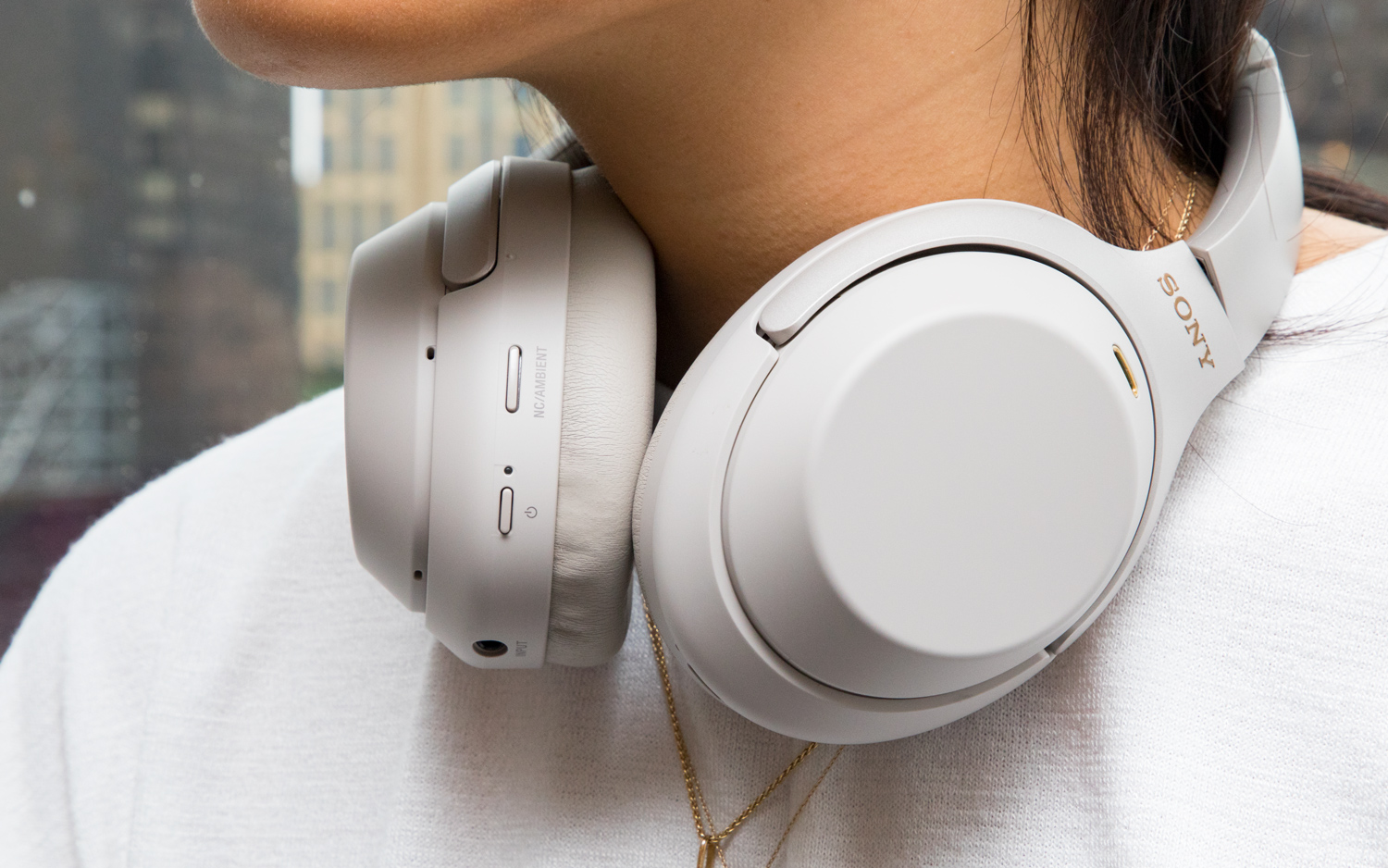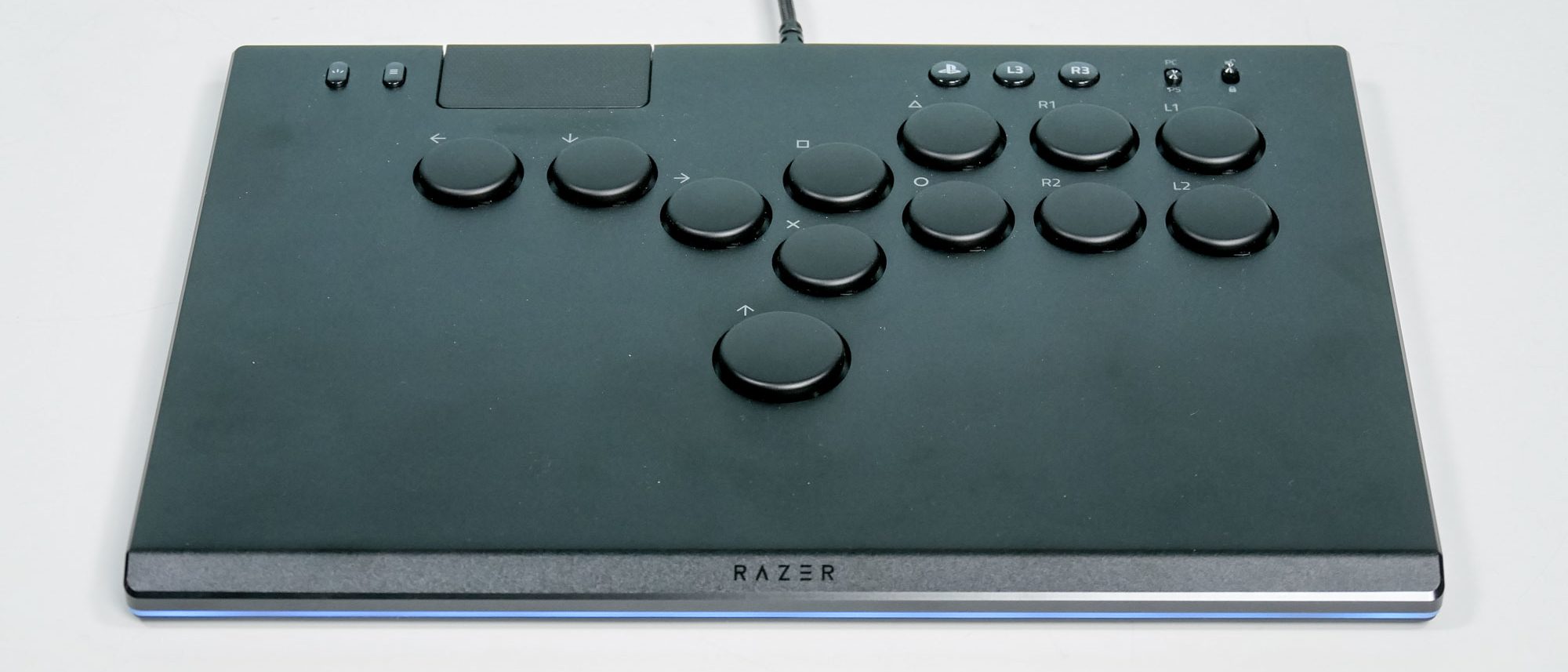Tom's Guide Verdict
One of the best gets better, as the Sony WH-1000XM3 packs killer sound and noise cancellation into a slender design.
Pros
- +
Class-leading sound
- +
Stellar noise cancellation
- +
Excellent battery life
- +
Lighter, comfier design
- +
Intuitive features and touch controls
- +
Tons of sound-customizing settings via Sony Connect app
Cons
- -
Aesthetics feel less premium than on previous model
- -
Call quality could be better
Why you can trust Tom's Guide
The Sony WH-1000XM3 was a landmark launch for Sony’s over-ear headphones series. Powered by a proprietary HD Noise Cancelling Processor, the QN1, the WH-1000XM3 offered enough in the way of ANC and a wide soundstage that Sony could finally compete with the best Bose headphones.
More recently, the even better Sony WH-1000XM4 replaced it, but that newer pair of cans had one a top-quality blueprint to build on. Below, you’ll find our original Sony WH-1000XM3 review; read on to find out what made put it among the best noise-cancelling headphones and why even now, it deserves to be held in high regard.
- Our picks of the best noise-cancelling earbuds
- The best headphones in any category
- Check out the best headphones with a mic for voice and video calls
Sony WH-1000XM3 review: Design
I loved the sleek craftsmanship and versatility of the WH-1000XM2 headset, so seeing that the WH-1000XM3 shares the same executive silhouette, with minor tweaks, had me feeling positive about the overall design. Sadly, the tweaks make the headphones feel more clunky and less plush.
Sony ditched the rugged, leathery finish around the ear cups in favor of a new, plastic chassis — a change that detracts from the headphones' swanky look. Holding them in hand felt nice, but they lacked the sturdiness you'd expect from Sony, let alone any pair of $350 headphones. Not to mention that the fabric readily attracts stains and scratches. The headphones are available in Black and Champagne Gold, and the latter seems to be more sensitive to markups, as I discovered a few marks around the ear cups and hinges after a day of use.
As much as I harp on the aesthetics, I liked the ergonomic improvements Sony made here. The WH-1000XM3 sports a pliable and slender frame that doesn't just enhance wearability, but also makes carrying the headset around convenient. Being able to swivel the ear cups to the side and wear them around my neck didn't feel as smothering this time around.
Call-management and playback controls are once again designated to the touch panel on the right ear cup, and the all-new USB-C port sits underneath those controls. The right ear cup houses the NFC chip for instant pairing. Beneath it is the audio jack, plus two dedicated buttons for the listening modes (Ambient and Noise Cancelling) and power. The embossed Sony logos and colored left/right symbols stand untouched from the old design.
Despite these headphones' luxe-less fashion, you'll still want to keep these expensive sound-blasters protected in the accompanying carry case. There's plenty of storage space to place the headphones and all other bundled accessories: the auxiliary cable, airplane adapter and USB-C charging cable. The mesh pocket in the rear provides extra room to carry other EDC items.
Sony WH-1000XM3 review: Comfort and fit
At 9 ounces, the WH-1000XM3 is lighter than the WH-1000XM2 (9.7 ounces) but slightly heavier than the Bose QC35 II (8.3 ounces). The good news is that these headphones support a relaxed fit and don't have much heft, thanks to the breathable aesthetics incorporated into the design.
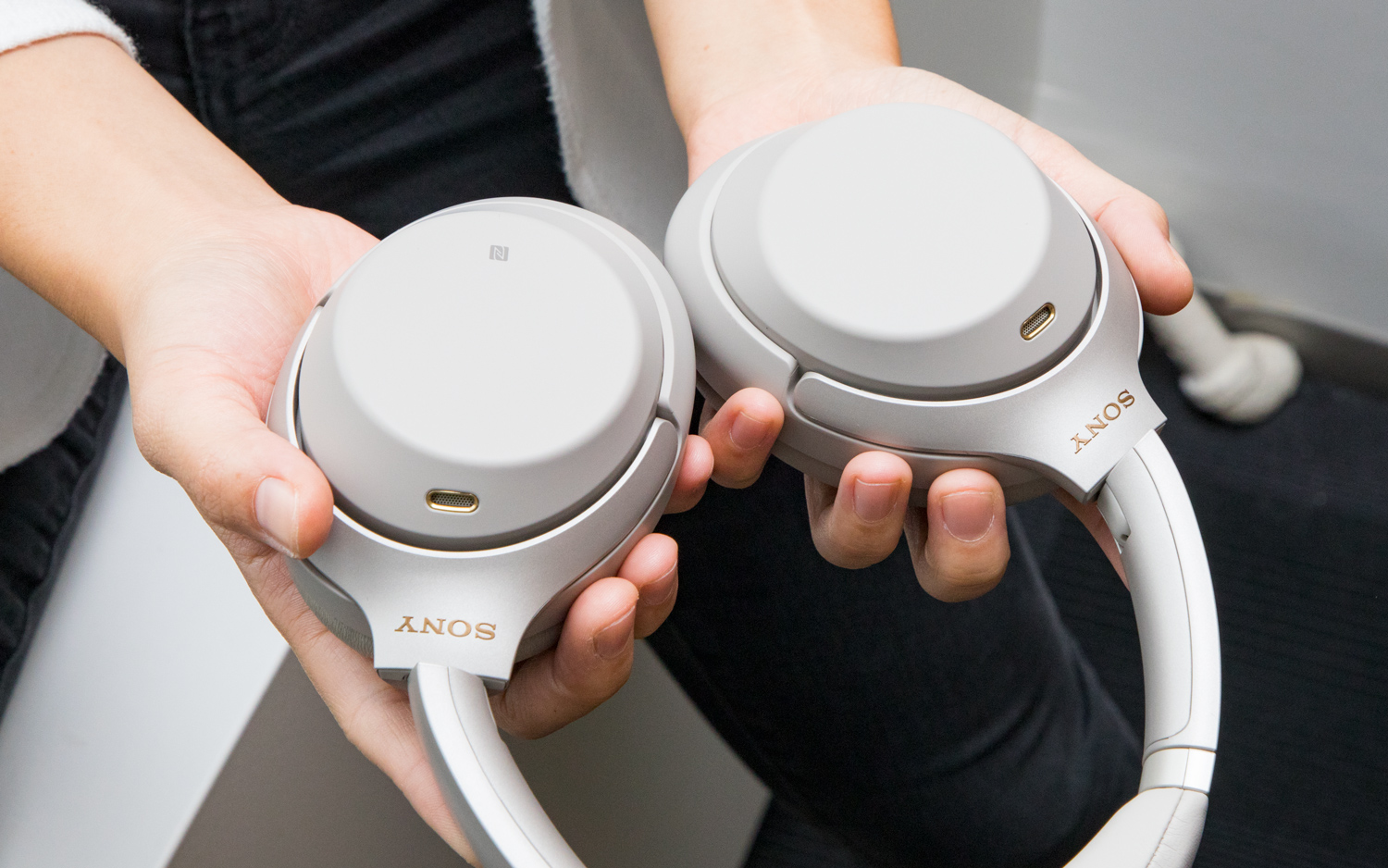
Sony made some generous upgrades to the headband and ear cups for improved comfort. The padding is thicker and rests gently on the ears and head without adding extra pressure. The inside of the cups has been altered as well, with a larger, oval shape to accommodate bigger ears. These ear cups are more pleasant than the QC35 II's and didn't bother me, even after several hours of use.
The WH-1000XM3 headphones are ideal for long-term listening, but they don't provide the snuggest fit. You'll need to play with the extenders to ensure steady placement, because when aligning either side, setting them a notch larger causes slippage. The headphones are bulkier than most other ANC models, but carrying or stashing them in the portable case isn't burdensome.
Sony WH-1000XM3 review: Touch controls
The touch panel is a smooth operator that executes commands flawlessly. Finger-swipes and tap gestures control calls and media playback. You double-tap the sensor to play/pause or answer/end a call, swipe left/right to skip or play a previous track, and swipe up/down to manage volume levels. As an impatient listener, I'm incessantly changing records and was thrilled that I could do this effortlessly, without the controls going haywire.
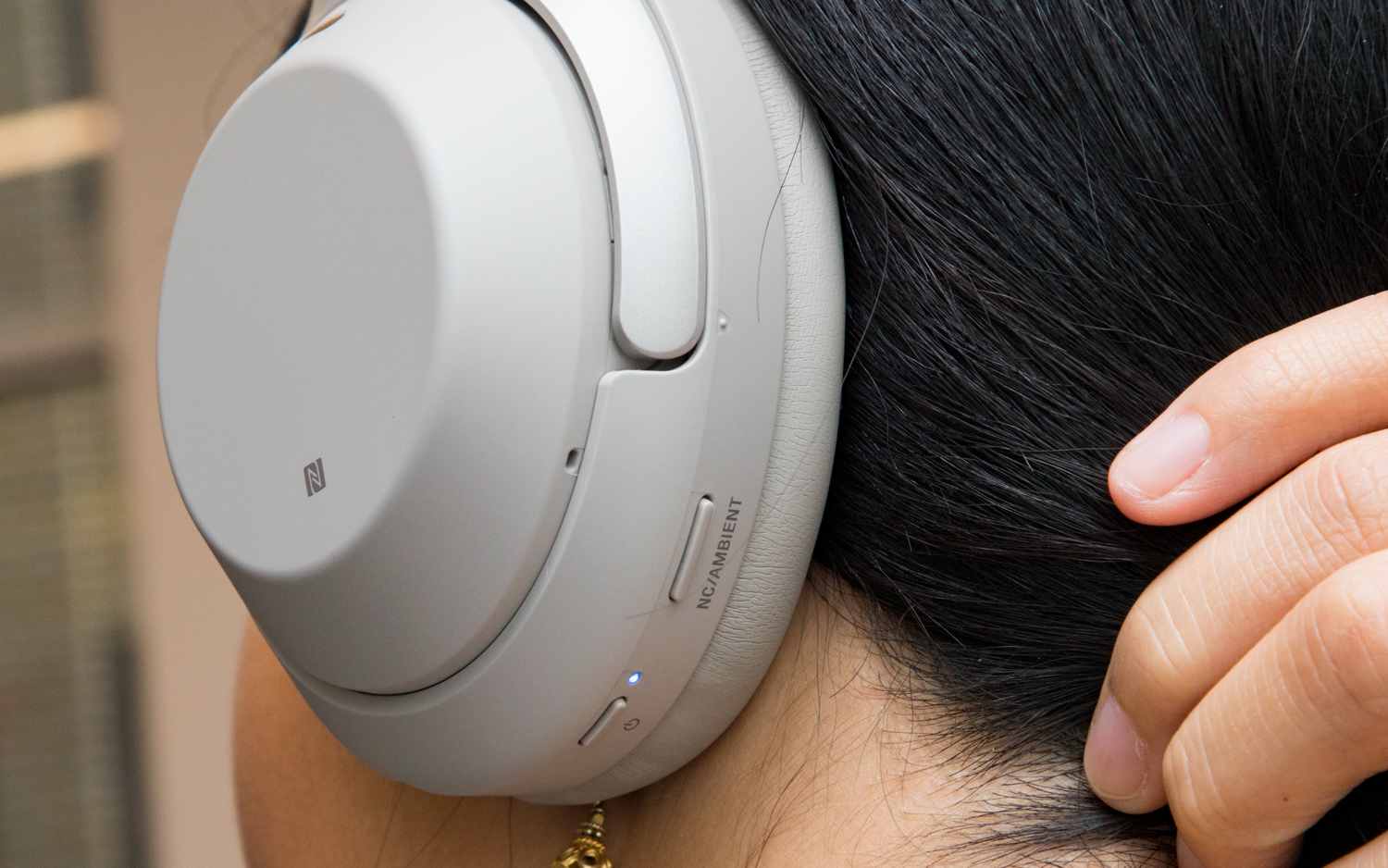
One major flaw I noticed in the previous model was that the touch panel failed to work when I used the aux cable. Unfortunately, the problem persists on the WH-1000XM3. Using the cable also disables all the listening modes. In another issue I encountered, the headphones powered off when I disconnected the cable from the audio jack.
Sony WH-1000XM3 review: Active noise cancellation
The WH-1000XM3 sports Sony's new QN1 processor, which improves both audio processing and noise cancellation. Casual listeners won't be able to tell the difference between the WH-1000XM2's performance and the WH-1000XM3's, but audiophiles and selective hearers will pick up on the newer model's subtle advancements.

Turning on NC mode immersed me in my Spotify playlist and silenced much of the environmental fracas of New York's Midtown, from police sirens to street construction. High-frequency noises sounded more like background effects when I listened to certain songs. The NC technology was most beneficial when I rode the subway, muting the wind from the tunnels, stop after stop. Any chatter taking place around me disappeared too.
The Ambient Noise mode performed well enough for me to hear conductor announcements and eavesdrop on nearby conversations. The headphones let in a good amount of noise, so I could fully interpret what was transpiring around me, as long as there was no wind. The built-in mics aren't as sensitive here as those on the WH-1000XM2, but they still struggled with drafty conditions.
Overall, noise cancelling on the WH-1000XM3 is very effective and a step up for the series. How does it compare to the QC35 II's noise cancellation? Both headphones make strong cases for claiming the ANC throne. Still, Bose's offering prevails as the category leader due to its better wind resistance, but you'd better believe that Sony is creeping up on that No. 1 spot.
Sony WH-1000XM3 review: Sound quality
Sony has a leg up on the competition in sound quality, and the WH-1000XM3 is living proof. A dynamic soundstage, highlighted by the company's signature bass profile and improved stereo imaging, gives these headphones a one-up over the QC35 II.

The thunderous production of Jay-Z's "Takeover" had the headphones trembling in ways only an avid headbanger would appreciate. The bass line became more infectious the longer I listened, as Jim Morrison's eerie vocal samples breathed life into each verse. I had a similar reaction when I heard Queen's hard-hitting lows overshadow Freddie Mercury's commanding presence in "Another One Bites the Dust."
Records like Ahmad Jamal's "The Awakening" best showcased the headphones' sonic depth. Mids and highs sounded crisp and lively; it felt like the drummer was tapping the hi-hat right next to my ears. Reverberation was stellar, with each string instrument creating a lasting effect throughout the track. Live albums like James Brown's "Live at the Apollo"were amazing; ballads like "Lost Someone" placed me right in the audience, embracing the singer's quivering cadence.
Switching among the different modes changes the sound quality, for better or worse. Noise Cancelling boosts bass levels, while Ambient accentuates vocal clarity. Both those modes work effectively on hi-res files, but I recommend sticking to Standard mode to enjoy a fuller, more-balanced profile.
The WH-1000XM3 also supports five codecs for music playback —aptX, aptX HD, AAC, LDAC and SBC — each engineered to maximize sound quality over Bluetooth. Employing the aux cable also bumps up the sound and volume a smidge.
Sony WH-1000XM3 review: Connect App
The Connect App (Android and iOS) comes free to all users and offers a plethora of sound-customization options. It's an amazing tool for adjusting the sound quality to your liking, while extending functionality to other features like sleep timers and virtual assistants.
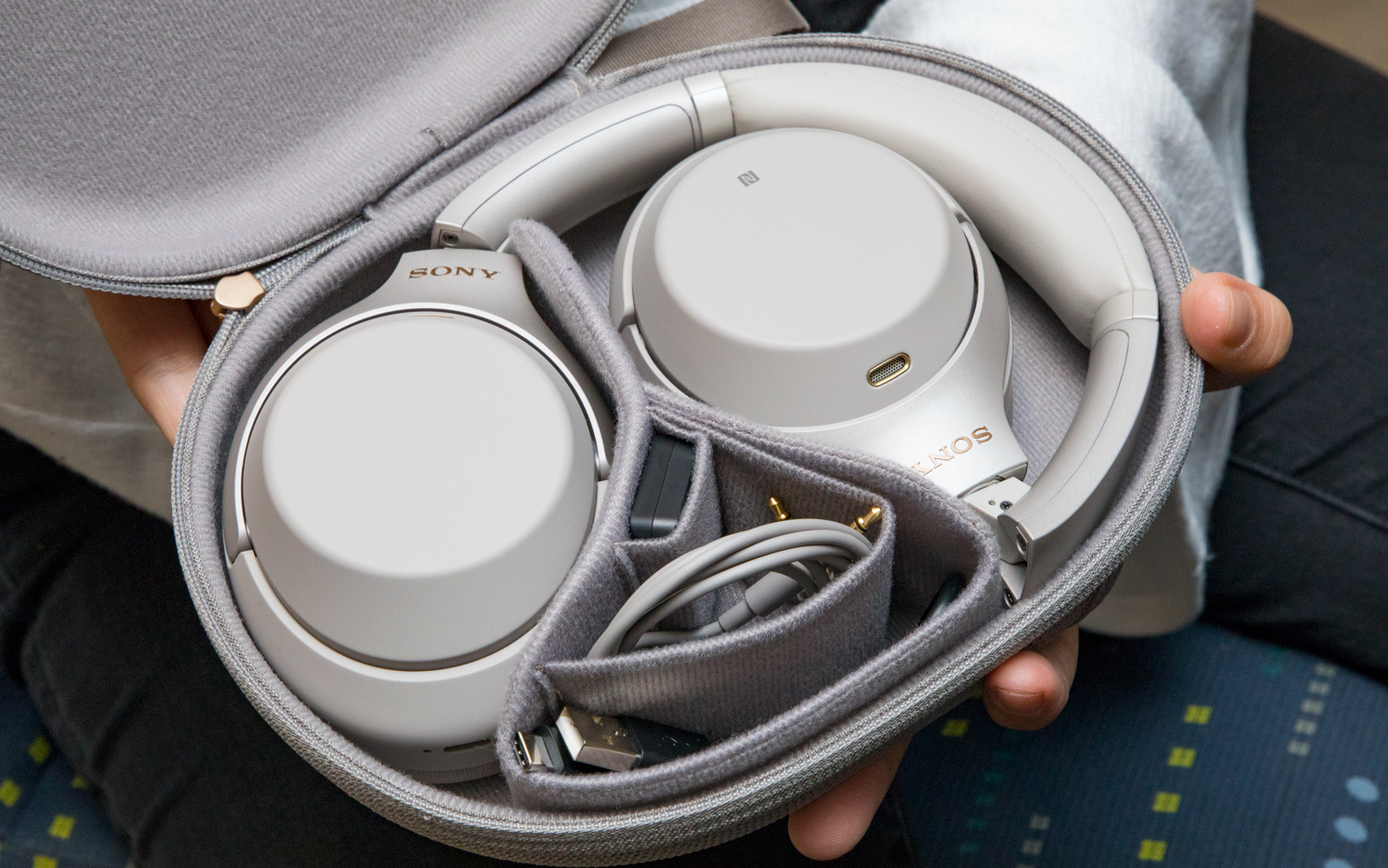
Adaptive Sound Control optimizes noise cancellation by analyzing your activity and neighboring sounds. You can run, walk, stand still or ride transportation, and the headphones will automatically adjust to your movement. It's a cool feature, and with it, I got a better sense of my surroundings without taking off the headphones. The NC Optimizer also comes in handy, measuring atmospheric pressure and other factors that determine wearability (e.g. glasses and hats) to modify noise cancellation.
Sound Position Control remains a favorite feature of minee for its ability to emphasize sound in different positions. It can assign the sound output to the rear left or front let, so I could tune out annoying commuters at will. Playing with the multiple EQ presets boosted the sound profile by re-enacting the listening spaces programmed into the app: Arena, Club, Concert Hall and Outdoor Stage. There's also a Sound Quality mode to prioritize sound or stable connectivity.
Sony WH-1000XM3 review: Google Assistant
Google Assistant returns and feels more polished on the WH-1000XM3. The multiple mics register commands more thoroughly and more quickly. Pressing the listening mode button allows you to review your latest mobile notifications, while holding this button down lets you enter inquiries. I ran through a laundry list of items without having to repeat myself.
As intuitive and practical as this feature is for most listeners, toggling it on within the app comes at the cost of disabling the listening modes. The headphones do support Siri, but only for the iPhone. Plus, there's no Alexa integration like the QC35 II has.
Sony WH-1000XM3 review: Battery life
The WH-1000XM3 is a beast that guarantees 30 hours of playback on a full charge. That's 8 hours more than the Bowers & Wilkins PX provide and 10 more than the QC35 II allows. I streamed Spotify and YouTube for 6 hours daily, which equated to 4 days of use, before recharging.
I tip my hat to Sony for doing what most other audio brands still fear: adopting the USB Type-C port. It makes a huge difference, especially with quick-charging. Where the WH-1000XM2 gets you 70 minutes of play on a 10-minute charge via a micro USB cable, the WH-1000XM3 gets 5 hours on a 5-minute charge. No complaints here. The automatic power-off feature is also clutch for neglectful listeners looking to save juice when the headphones are inactive.
Sony WH-1000XM3 review: Call quality
I enjoyed screening calls on the WH-1000XM2 — but not so much on the new model. Conversations on the WH-1000XM3 sounded low and muffled on both ends, and several callers said they could barely hear me due to interference. Even in quiet locations, my girlfriend couldn't make out my voice. Wind makes matters worse. Stick to the QC35 II or your Airpods if you value hands-free calling.
Sony WH-1000XM3 review: Bluetooth, NFC and Setup
Users can pair the headphones in two ways: using Bluetooth or NFC. The latter required extra effort, forcing me to tap my Pixel 2 XL several times on the left ear cup to establish a connection. The update to Bluetooth 4.2 delivers faster connectivity, which I immediately noticed when streaming videos over the New York MTA's devastatingly slow public Wi-Fi network. My home network provided lag-free results.
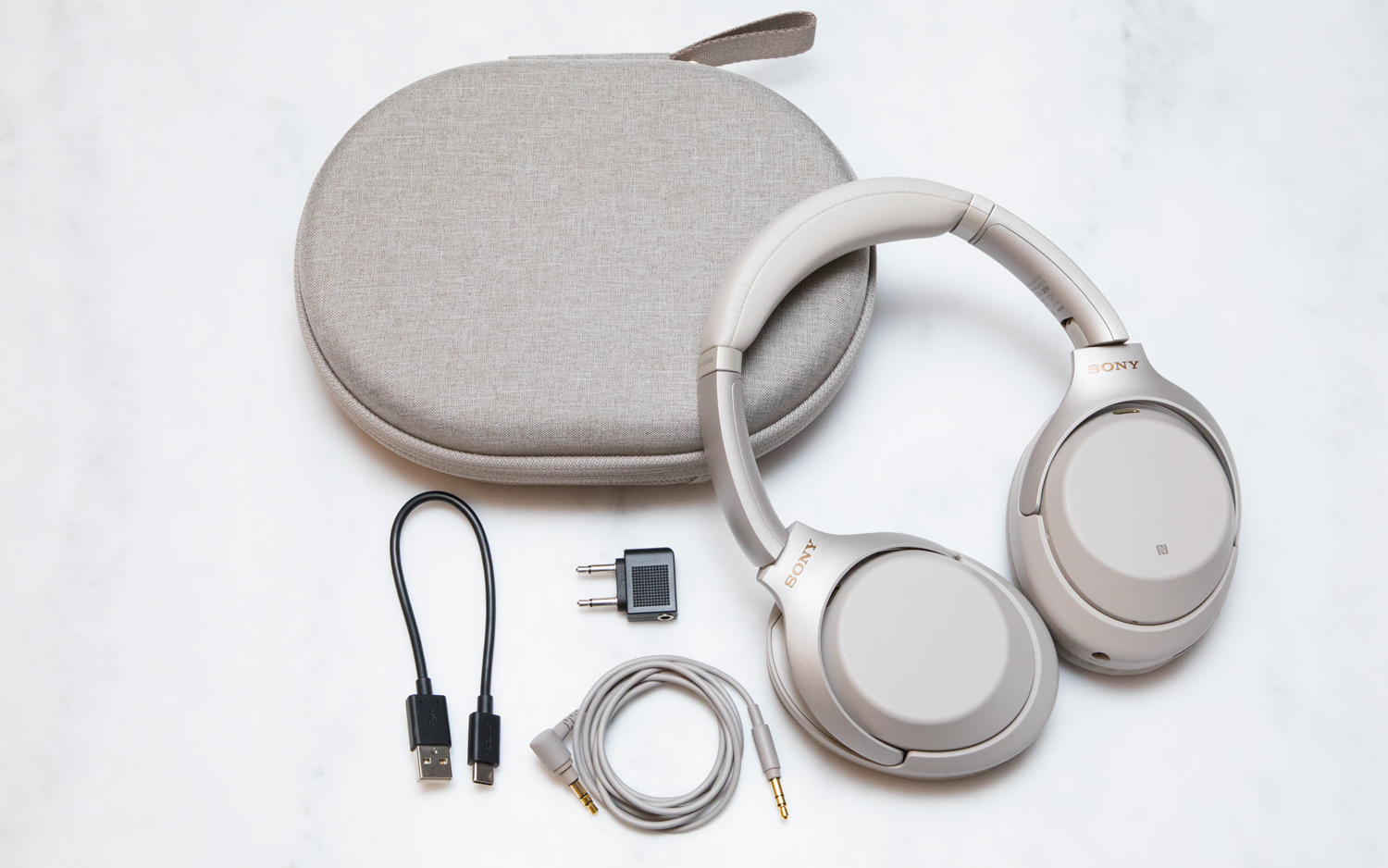
Bluetooth range is billed at 30 feet, but I noticed dropout when hovering around the 25-foot mark. The WH-1000XM2 shared this same issue, and that model operated on a less-powerful protocol (Bluetooth 4.1). Stay close to your streaming devices to secure a reliable and steady connection.
Standard pairing takes no longer than 30 seconds. Enable pairing mode by holding down the power button for about 5 seconds. Then, access your device's Bluetooth settings, enter the Pair New Device menu and select WH-1000XM3 from the list. Once your smartphone registers the headphones, you can connect directly from the app as well.
Sony WH-1000XM3 review: Verdict
Sony definitely upped its game with the WH-1000XM3. The improvements in audio fidelity alone place these headphones on a par with, if not above the QC35 II. They deliver a powerful low-end punch suited for their target demographic, bass lovers, and grant listeners a suite of sound-optimizing options accessible through the Connect app. Most music genres are also well-represented, with live recordings shining in Ambient mode.
The addition of the QN1 processor demonstrates Sony's commitment to winning the active noise-cancelling wars. Both Ambient and Noise-Cancelling modes are more adaptive and reduce outside noise better than on the WH-1000XM2. Sony's sound silencers do give Bose a run for its money, even if it comes in a close second.
Some of the new design elements won't win over the upscale audio crowd, and I'll admit that I cringe a bit hearing the ear cups knock together like a pair of $100 plastic over-ears. However, once you get past its miniscule imperfections, the WH-1000XM3 shows you it's worth the $350.
One thing to bear in mind that the Sony WH-1000XM5 headphones could be in the works.
- More: Bose 700 vs. Sony WH-1000XM3: Which noise-cancelling headphones win?
A lifestyle journalist with an affinity for consumer products, Alex has over a decade of experience and has worked with popular publications such as Complex, Thrillist, Men’s Health, Gear Patrol, AskMen, and Hoop Magazine. He currently focuses on audio, reviewing the most coveted headphones in the market for both Tom’s Guide and Laptop Magazine.
-
micknkeef Does the Connect app have a profile for flatter/balanced sound? I have heard these in the store but was unable to test with the app. The default sound is a little bottom heavy for me but I enjoyed every other aspect of the headphones. Thank you for the review.Reply -
TazX14 I purchased these headphones recently and while I absolutely love them, I have a hard time recommending them due to Sony's abysmal Customer service. I have been provided inaccurate information and passed along for nearly 2 weeks now without an end in sight. With 4 phone calls, 6 emails, over 10 tweets, and 5 posts on their forums and all I keep hearing is how department A doesn't deal with this, you need to contact department B. Department B doesn't deal with that issue, you need to email department C... so on and so on. I would love to recommend these headphones, but seeing how there are some issues with it, I hope no one has to go through and experience their customer service as it's early 2000's Dell level of bad.Reply
